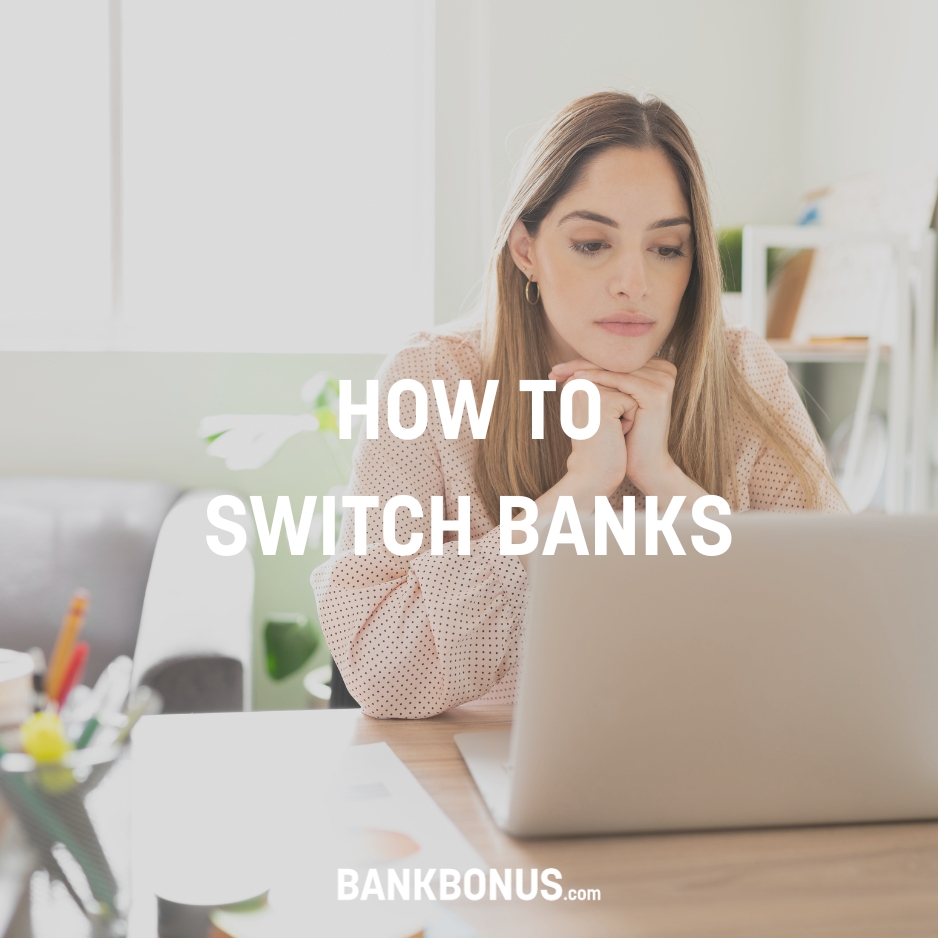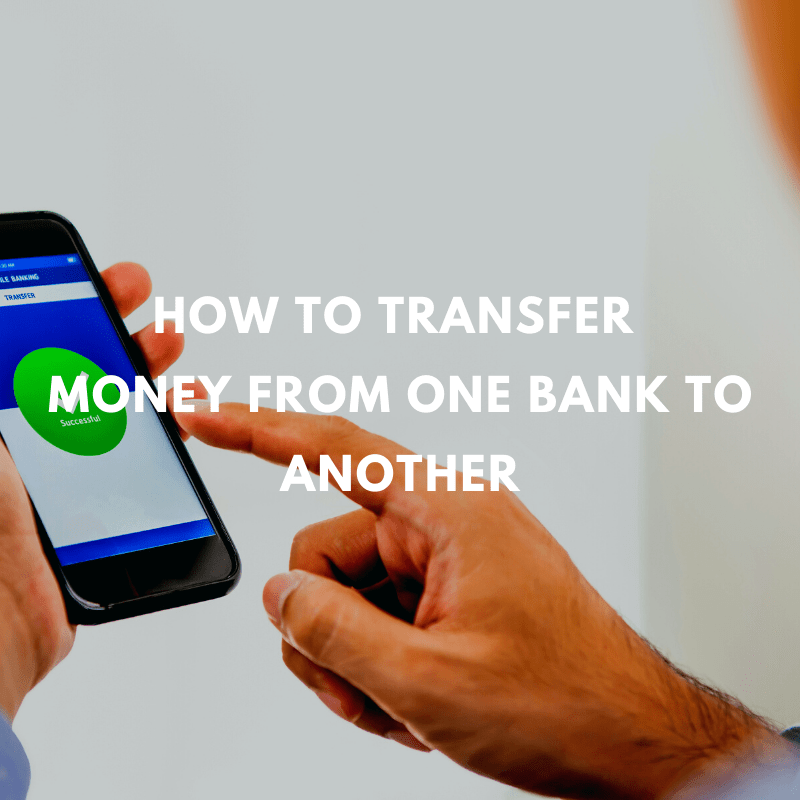Teaching kids about money is one of a parent’s most important jobs. Today, it’s easier than ever to open a bank account for a minor, both in-person and online.
We’ve identified the best bank accounts for minors and created a comprehensive guide to opening a bank account for your child, with key factors to consider as you compare different types of accounts.
The Importance of Opening a Bank Account for a Minor
You might think your child must be a certain age to learn or care about money, but it’s never too early to teach your kids about finances.
Kids learn from their parents’ behaviors, and the earlier you include children in important decisions, including how to save money, the easier it will be for them as they get older.
So why should you consider opening a bank account for a minor?
- Hands-on teaching: Just talking about money can be too abstract. Kids learn best when they do it themselves. When you provide kids with a bank account and help them make real financial decisions, they’ll learn much faster.
- Compound interest: The earlier your child learns to save money, the more time they’ll have to watch it grow. Show your child the magic of compound interest at an early age. By the time they’re older, they’ll be motivated to invest.
- Stops the instant gratification: Many kids struggle with the need for instant gratification. Going old school and teaching kids about money and how to save for what they want can help them make less impulsive decisions.
- Teaches goal planning: Kids aren’t born knowing how to plan and set financial goals; it’s a learned skill that can be taught using a savings account. You can teach your kids to set money goals and take steps to reach them.
- Solid financial foundation: Kids that grow up with money saved already have a solid foundation when they set out on their own. Making saving a regular part of their lives will empower them to make smarter financial decisions when they’re in the real world.
How to Open a Bank Account for Minors
To open a bank account for someone under 18, you must be at least 18 years old yourself. You don’t have to be the child’s legal guardian; however, putting your name on the account makes you legally liable.
The person who opens the bank account for a minor maintains control of it until the child reaches maturity. In most states, that’s 18, but in a few, it’s 21.
1. Research
Compare all your options when choosing a bank account for a minor. First, look at reviews, ratings, and what the bank offers. Then, find a bank with the highest APYs and lowest fees that provide easy access for your child, including convenient ATMs.
We’ll cover our top 3 bank accounts for minors below.
2. Apply
Most banks have a quick application process you and your child must complete.
First, it will ask basic questions about your name, address, social security number, and birthdate, which the bank uses to verify your identity.
Due to the U.S. Patriot Act, banks must verify each person’s identity on the account. This includes full names and addresses, birthdates, social security numbers, and for adults, a government-issued ID.
Some banks such as U.S. Bank have more specific requirements. To open an account for a child, you must provide ID for the children and adults. Children can supply alternative documentation like a passport. Occasionally, banks will ask for a second form of identification, like a student ID.
3. Set Up the Account
Once you receive approval from the bank, you’ll get a bank account number and a debit card. If you open the account in person, you will likely receive everything while you’re there.
If you open an account online, it may take a few days or weeks for the debit card and bank account information to be mailed to you.
4. Make First Deposit
Once you open your account, you can make your first deposit. To make the experience more memorable for your child, you could let them deposit money in person.
If you open the account online, you can transfer money electronically from your bank account, or you can teach your child how to make a mobile deposit if they have a check to deposit in their new account.
3 Best Bank Accounts for Minors
There are hundreds of options for bank accounts for minors. However, we’ve identified the top accounts for minors based on reviews from parents, account features, and fees.
1. Chase First Banking
- Account fees: $0
- Age requirement: 6 or older
Chase First Banking is an excellent first bank account for kids. Parents must have a Chase account to open a minor bank account, but if they do, it’s free. The account is available for kids ages 6 to 17 and provides plenty of educational opportunities to help kids learn the ropes of handling money.
Like most minor bank accounts, parents have complete control and 100% transparency with the account, so they know where a child stands with their finances. For example, you can set limits on where and how much they spend and accept or decline their requests for money in the Chase app. Kids can set savings goals, which you can also contribute to, and you can set recurring transfers to pay them for chores or allowances.
There’s no monthly service fee for the account and no minimum deposit requirements. In addition, Chase has over 16,000 ATMs, and its educational tools can’t be beat. It’s our top pick if you’re looking for a free account, though it lacks some of the features of its paid competitors, like APY, cashback, and investing products.
Get Started with Chase First Banking
2. Greenlight
- Account fees: $4.99 – $14.98/month
- Age requirement: NA
Greenlight is a debit card for kids. It’s a great way to help kids learn how to manage their money while providing parental support, with unique features like interactive financial literacy games.
You can link the account to your child’s chore list and allowance, get real-time alerts when they conduct any banking transactions, and set spending limits at stores.
The Greenlight debit card comes with cashback and APY on savings balances. Kids can boost their savings with roundups and savings goals.
Parents can also add a brokerage account to their child’s Greenlight account, allowing kids to invest in stocks and ETFs, with fractional shares starting at $1.
3. Copper
- Account fees: $4.95 – $7.95/month
- Age requirement: 6 or older
Copper is a banking app primarily geared toward teens. It’s a great introduction to a checking account with a debit card and financial literacy resources for young bankers.
Teens can use their Copper debit card in any store or use Apple Pay or Google Pay. In addition, Copper has an ATM network with 55,000 fee-free ATMs and lets parents oversee their child’s financial transactions.
Parents can send money to teens instantly, and kids can use the automatic savings feature to learn the importance of saving and earn high-interest rates.
There are no minimum balance requirements with Copper, but there is a monthly fee. The account costs $4.95 per month, or $7.95 for Copper + Invest, which gives you access to a brokerage account, higher APY on savings, and priority customer support.
Types of Bank Accounts for Minors
Before opening a bank account for your child, decide the purpose of the account.
If you want a safe place for money they receive as gifts, consider a savings account. But, if you have an older child who’s ready to spend money in the real world, you might consider a checking account. As long as your child is a minor, you’ll always have control of the account and can see every transaction they make.
Here are the most popular types of bank accounts kids can open.
Checking
A checking account is best for pre-teens and teens. Once your child is old enough to spend money on their own, a checking account makes it much easier. Most checking accounts are FDIC-insured and have unlimited withdrawals via ATM, electronically, by writing a check, or via a bank teller.
Be careful when choosing the right checking account for your kids. Ensure the chosen account’s ATM network is convenient so your child doesn’t pay ATM fees.
Savings
A savings account is great for kids of any age, but especially for babies and young children. A savings account is one of the safest places to store money your child receives and allow it to earn interest.
You’ll find better APYs in online savings accounts, but if you want to give your child the experience of going into the bank to make deposits or withdrawals, you may want to consider a local bank.
Joint Accounts
Until kids are 18, they’ll need either a joint or custodial account. A joint account means you own the account together, and both account holders have the same rights. The account is in both names, not just the child’s.
With a joint account, parents have complete control over the activity on the account, which can be a good option for young children who don’t fully understand how to handle money yet.
Custodial
A custodial account is similar to a joint bank account. This account is in your child’s name and lists them as an account owner, while you oversee it and act as the custodian. In other words, the parent makes the financial transaction, but the child owns the account and money.
For example, you can open a custodial bank or investment account in your child’s name, which they take control of when they reach maturity. This differs from a joint account, where both the child and parent act as co-owners.
Retirement
It might sound crazy to think of your child’s retirement, but the earlier you save for it, the more their money will grow. Kids can open a traditional or Roth IRA, which will be a custodial account until they reach maturity (18 or 21 depending on the state).
A retirement account with tax advantages may also be used for higher education expenses without incurring tax liabilities, so it’s important to consider even when your child is young.
When choosing a retirement account, think about the tax advantages. If you open a traditional account, there is a tax break when you contribute, but your child will pay taxes on all money withdrawn. If you open a Roth IRA, there’s no tax benefit now, but the contributions and earnings grow tax-free.
Prepaid Debit Cards
A prepaid debit card is like a gift card. You put money onto the card, and that’s all the child can spend. Unlike a credit card, kids can’t go over their limit as the transaction will be declined if there isn’t enough money on it.
This can be a good first step for young kids who venture out on their own and make financial decisions. Then, as your child gets good at using a debit card and not overspending, you can transition to a traditional checking account with a debit card to teach your child real-world financial tricks.
Tips to Open a Bank Account for a Minor
Finding the right bank account is a big job. You have many options, and no two banks offer the same features. While each person has different needs and likes, here are some of the top features you should consider.
Bank Ratings and Reviews
Always check a bank’s ratings and reviews before opening a new account. No matter how good the advertisements or their website make them sound, see what real people have to say. Find out what they think of the customer service, account offerings, and how the bank handles any problems.
You don’t want to make your child’s banking experience frustrating or overwhelming. Instead, find a bank that’s easy to work with and will help your kids learn the importance of personal finance.
Kid-Friendly Apps
Most banks have a mobile app, but not all are user-friendly. Look at each bank’s mobile app and website and read app store reviews to decide if it’s easy enough for your child to understand.
Some banks offer kid-friendly apps or games that help kids learn more about handling their money.
If you open a bank account for your child, you should be able to teach them how to use it, too. Since most kids live on their phones today, it should be an easy transition.
Interest Rates
Most brick-and-mortar banks pay low interest. Try to find one that pays the highest APYs. Online high-yield savings accounts usually pay the most interest, but you may find local banks offering promotions or decent interest rates.
While APY isn’t the only factor, it’s beneficial to choose a bank that pays well so your child can see the benefit of saving money.
Locations
You may want to consider banking at a bank or credit union with convenient locations for making deposits and withdrawals. Even though most banking transactions are online today, nothing can replace learning in person.
ATM Availability
If you open a checking or savings account with a debit card, make sure the ATM network is local and convenient. If your child uses an ATM out of the network, they may pay fees.
Parental Controls and Features
Most joint and custodial accounts include parental controls and features, but you should never assume. Some apps, for example, allow parents to limit where a child can spend money and can shut the card off for spending temporarily.
Think about how much control you want over the account and find a bank that offers it. Some banks have extensive parental controls, and others have very few.
Transparent Fee Information
Review the fees a bank charges and ask about any hidden fees. Look for banks that disclose all fees or, better yet, don’t charge any fees.
Most banks have options for kids that don’t charge monthly fees, but even if they say they don’t, read the fine print; there may be services they charge for but don’t disclose upfront.
Safety and Security
Always make sure a bank offers FDIC insurance before opening an account for a child, but also look at other security measures.
For example, look for bank-level encryption when conducting transactions online and two-factor authentication on apps.
Linked Debit Card
Some bank accounts for kids have linked debit cards that parents can control. Parents can fund the card from their account and turn it on and off as they see fit. Some cards are also tied to a child’s chores and responsibilities, automatically allowing parents to pay them.
Keeping Your Minor’s Bank Account Safe
Opening a bank account is a big deal for kids, but it also comes with risks, especially if you bank online.
From the start, teach kids to keep their information private and never share their account information with anyone.
Keep your child’s bank account information somewhere that no one can access, such as a fireproof safe at home, and make any passwords for online accounts complex. Also, consider changing the password every couple of months to prevent hacking.
Only access your child’s bank account on secure devices and teach them never to type in their password in front of anyone. For example, if you teach your child to use an ATM, show them how to cover the keypad so no one can see them typing in their PIN.
Frequently Asked Questions
Is It Safe to Open a Bank Account for a Minor?
It’s safe to open a bank account for a minor if you choose a well-known and FDIC-insured bank. However, like any banking information, keep the account information safe and ensure that the account’s custodian is trustworthy, such as a parent.
Can Parents Withdraw Money From Their Child’s Bank Account?
Parents can withdraw money from their child’s bank account if they are joint or custodial owners. If it’s a custodial account, the withdrawal must be used for the benefit of the child.
Can Minors Write Checks?
Most banks won’t give minors a checking account but instead, give them an online account and debit card they can use just like a check. If your child receives a check, you may be able to endorse the check for them depending on your bank’s rules.
Can Minors Open an Account on Their Own?
Minors cannot open an account on their own. To open your own account, you must be 18 (21 in some states). However, minors can open an account with a parent or custodian who oversees the account.
How Much Is Needed to Open a Kid’s Bank Account?
Most banks don’t have a minimum deposit requirement for kids’ accounts. But if they do, it’s typically as low as $5 to $10. Some accounts have opening deposits ranging from $25-$100. Be sure to compare minimum opening deposit requirements as you consider different bank accounts for your kid.
Is It Possible to Gift Money to a Child’s Bank Account?
Some accounts, such as a UGMA (Uniform Gift to Minors Act) account, allow anyone to gift money to a child’s account. Kids can use the money however they want once they reach maturity; it’s not an account meant only for college expenses.





Comments are closed.
Comments are closed here.